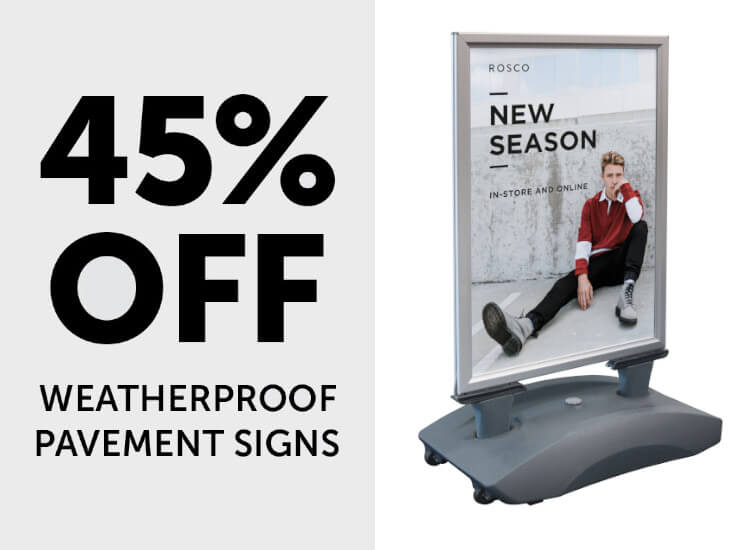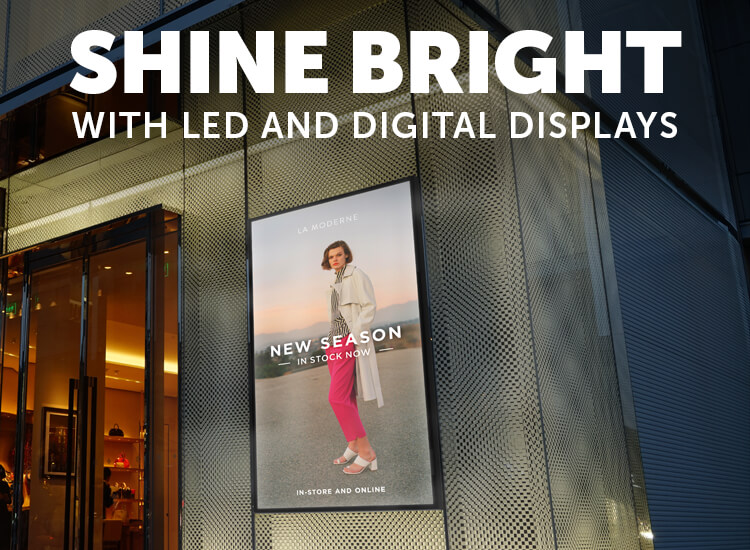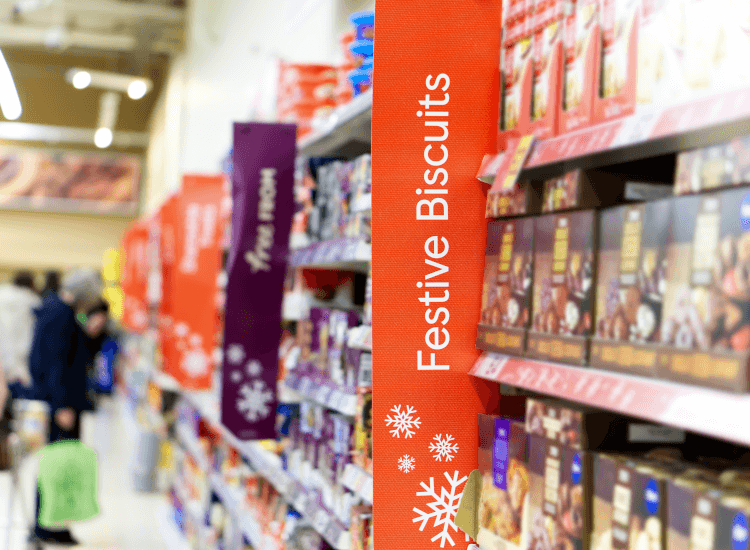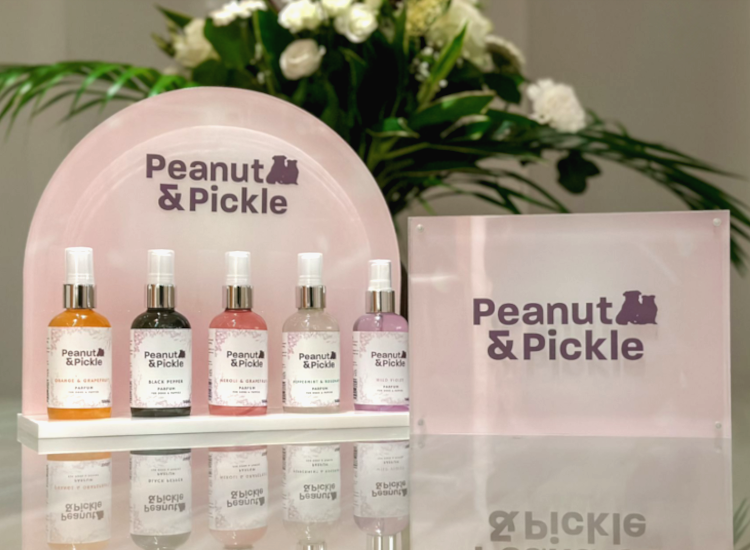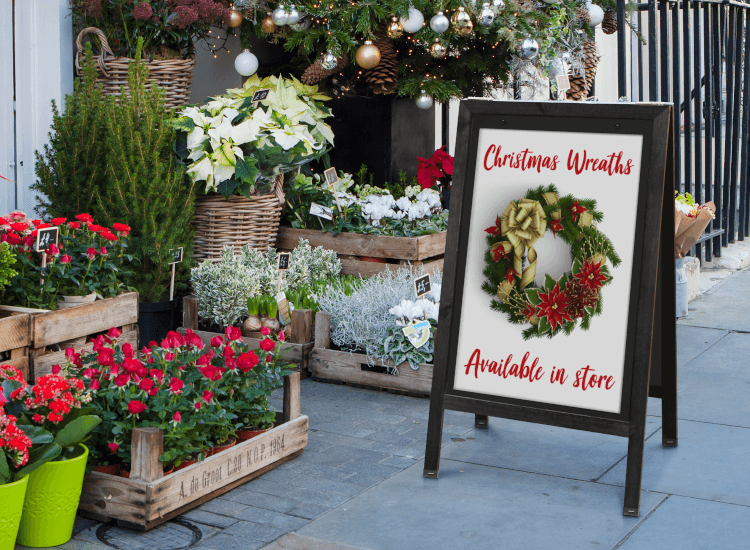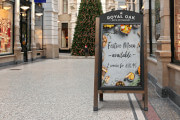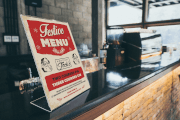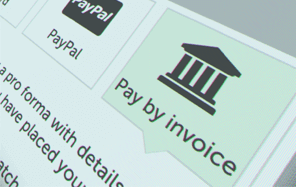How To Present A Menu - Menu Wording and Menu Display Ideas
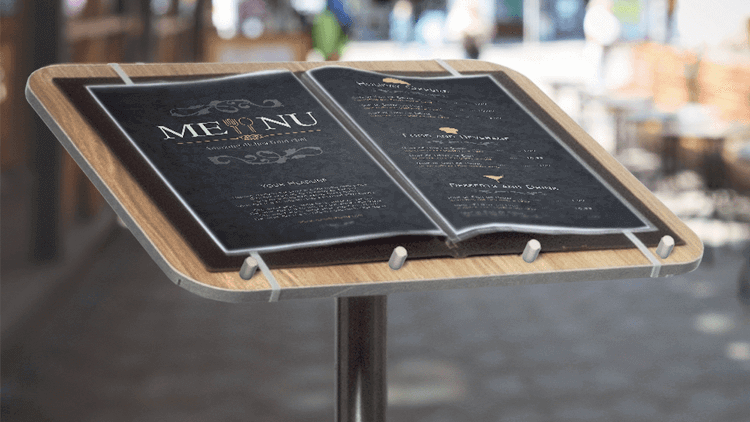
When it comes to dining out, the menu isn't just a list of dishes—it's the first taste a customer has of your business. Every detail, from the dish descriptions to the menu holders, shapes the dining experience.
With menu presentation, simple tweaks in language and display can make a big impact on your restaurant's success. In this article, we'll explore how using the right words on your menu can impress customers and boost sales. We'll also explain how different types of menu display can add style and charm to your restaurant, setting the stage for a memorable meal.
Know your audience
Before considering menu wording or display type, you need to know your audience. A budget value family-friendly restaurant, for example, will require a different approach to a fine dining establishment. Likewise, the menu in a health-conscious vegan restaurant would differ from an American-style fast-food joint menu. Identify your business type and target audience, and tailor your menu presentation accordingly.
How menu wording impacts sales
Did you know that the words on your menu can impact how much guests spend at your restaurant. Choose descriptions carefully to influence perceived value. One study found that subtle changes to a restaurant's menu design can increase sales by up to 10% [1]. But what type of words should you be using in your business?
The study explained that increasing the complexity of simple food names and emphasising food preparation in descriptions would improve perceived value.
This, in turn, increased spending.
However, when naming your dishes, avoid long and complicated names that may confuse customers. Instead, opt for descriptive names that are clear.

Whichever restaurant type you run, make your dish names and menu wording descriptive and appetising. Using words that evoke sensory experiences (like "juicy," "crispy," or "tender") can make dishes more appealing.
Menu wording can affect sales, as shown by Mowgli, a popular Indian street food company. The founder Nisha Katona explained how, after changing the name of a side dish from “cabbage side” to “tangled greens”, sales went right up! The same thing happened for their kati wrap, which went through four changes to overcome diners' hesitation about the word “omelette” [2].
Furthermore, an analysis of the UK’s top 122 restaurant menus found that:
- Restaurants with menus full of descriptive words like ‘fresh’, ‘sweet’, ‘warm’, and ‘classic’ tend to command a higher price point. The cost can be nearly £10 higher than restaurants with simpler product descriptions.
- Terms which suggest luxury or quality (like 'recommended', 'finest' and 'matured') can command a higher price point [3].
Create menus and marketing materials for restaurants with descriptive words that paint a picture of the tastes and textures. This can help to attract customers and increase spending. Use stylish table menu holders for restaurants to complement your high-end menu.
Menu display ideas
The way that you present a menu can have just as much impact as the words you use on it. A pub meal and a high-end restaurant will likely have completely different menu holders and menu boards.
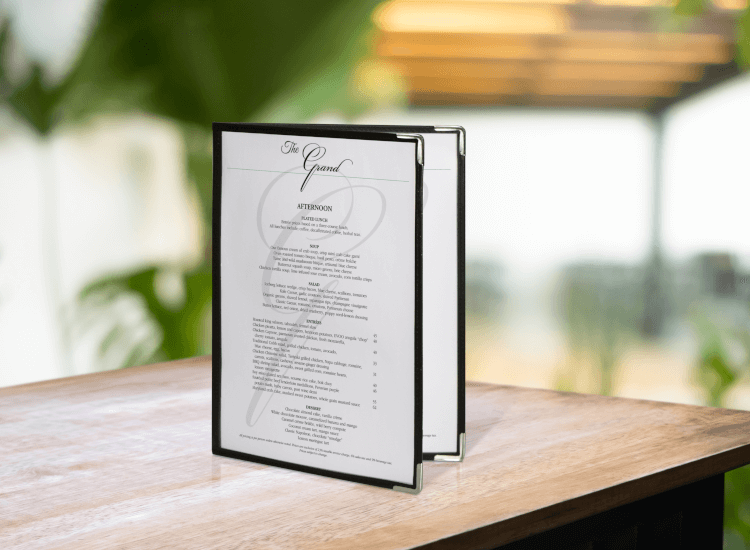
Fast food venues and family-friendly restaurants can’t go wrong with a clear menu holder. The PVC covers keep your menu protected from drips of sauce and grubby fingers!
Conversely, high-end restaurants often favour faux-leather menu covers, or even wooden menu clipboards for a rustic look.
Chalkboard menu displays have a timeless quality that work well in most venues.
From wall mounted chalkboards to countertop chalk menus and blackboard pavement signs, their rustic, warm aesthetic is always popular in pubs and cafes.
Almost all venues can benefit from using illuminated menus or digital displays. LED-lit high-quality images are particularly eye-catching for customers, regardless of their location. Fast food restaurants in particular will benefit from using video.
Studies into consumer psychology have shown that moving images of food will quickly connect with customers. They help to convince them to buy, and even reduce perceived wait time in a queue [4].
-
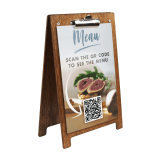
Wooden A Frame Clipboard Menu Holder
TMH In stockFrom: £7.90 ex. VATView -
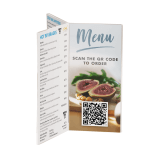
Acrylic Menu Holder with Six Faces
AS3 In stockFrom: £3.58 ex. VATView -
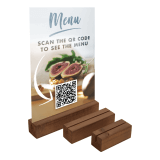
Wooden Card Holder Base
CWB In stockFrom: £3.97 ex. VATView -
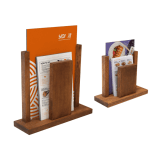
Duo Wooden Table Menu Holder
DMH In stockFrom: £9.60 ex. VATView
How to present a menu on the page
- Design for readability
- Highlight signature dishes
- Consider cross-referencing
Pay attention to the layout and design of your menu to ensure readability. Use clear fonts and appropriate spacing to make it easy for diners to navigate and understand your offerings. Using visuals can enhance the appeal. Be sure to use them sparingly though, so the page isn’t cluttered, allowing the text space to “breathe”.
Identify your restaurant's or your personal standout dishes and feature them prominently on the menu. Showcase these signature dishes to attract attention and set yourself apart from the competition.
Cross-promotion opportunities can be as important in restaurant advertising as they are in retail. For example, customers tend to buy wine as an impulse purchase. Adding wine to the food menu can have a significant impact on sales [5]. If you can find ways to cross-promote drinks or side-dishes with main-menu items, you may see add-on sales increase!
Follow these easy rules to make a great menu that shows off your cooking skills and entices your guests. Remember to display your menus in a way that is in-keeping with the style and tone of the business as a whole. Finally, ensure that any menu holders or display boards match the theme and decor. Our menu display tips will help you create a dining experience that has your customers salivating and spending!
-
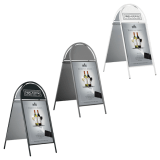
A1 Rounded A Board with Magnetic Cover
ABM2 In stockFrom: £118.00 ex. VATView -
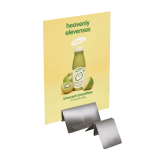
Stainless Steel Menu Holder
MS4 In stockFrom: £1.75 ex. VATView -
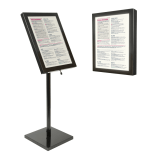
LED Menu Display Board 4 x A4 Sheets
MBSL4 In stockFrom: £93.99 ex. VATView -
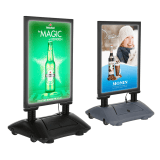
A1 LED Pavement Sign
WPGL In stockFrom: £682.00 ex. VATView
Did you enjoy this article? You may like some of our other hospitality guides:
- What makes a great restaurant experience?
- How to attract customers to your cafe
- How to promote a restaurant
- How to increase bar sales
References
1. Michael McCall and Ann Lynn, ‘The Effects of Restaurant Menu Item Descriptions on Perceptions of Quality, Price, and Purchase Intention’, Journal of Foodservice Business Research, Vol. 11:4 (2008), pp. 439-445.
2. Nisha Katona, Off Menu podcast #230 (March 2024).
3. MCA Market Insight, ‘Menu & Food Trends report’ (2019), cited in AHDB Market Intelligence, ‘Menu wording adds value to meals’ (2019), https://ahdb.org.uk/news/menu-wording-adds-value-to-meals.
4. Williams, Nielsen Digital Billboard Study (2015), https://oaaa.org/Portals/0/Webinars/pdf/Nielsen OAAA Digital Billboard Study 2015.pdf.
5. Tim H. Dodd PhD, ‘Techniques to Increase Impulse Wine Purchases in a Restaurant Setting’, Journal of Restaurant & Foodservice Marketing Vol. 2 (1996), pp. 63-73.

